Korean Beauty Standards Explained in 2023 (Complete Guide)
Over the last five years, Korean beauty standards have reached the highest level of popularity worldwide, taking over the Western ones.
Soft and kind on the “outside” Koren beauty standards are some of the strictest in the world, at least when compared to the Western ones.
In this article, I’ll introduce you to a short history of Korean beauty and how the standards have evolved to the current times.
IN THIS ARTICLE
Female Korean Beauty Standards
Idols That Fit Korean Beauty Standards
Korean Beauty Standards Height
Korean vs. Chinese Beauty Standards
Korean vs. Indian Beauty Standards
Why Are Beauty Standards So Strict In Korea?
The demand for K-beauty products (face masks, cleansers, moisturizers, makeup) is so high that the Korean beauty industry is now a top performer, forecasted to reach $14 billion by 2027.
The use of snail slime, bee venom, starfish extract, pig collagen, and morphing masks are unique ingredients used to produce K-beauty products.
The growing demand for these products is generated by the overall idea of a Korean beauty standard and how these products can help buyers achieve that look.
The uniqueness of Korean society and culture, so much different from what we are used to in the Western world, is at the core of Korean beauty standards.
In this article, I’ll detail what makes Korean beauty standards so different from Western and other Asian countries such as China and India.
Female Korean Beauty Standards
Overall, Korean beauty standards push for an overall innocent look: small face, big eyes, and slim body, to recreate that youthful look.
Compared to Western beauty standards, Koreans, in general, tend to pursue cuter and more feminine looks, at least when it comes to faces.
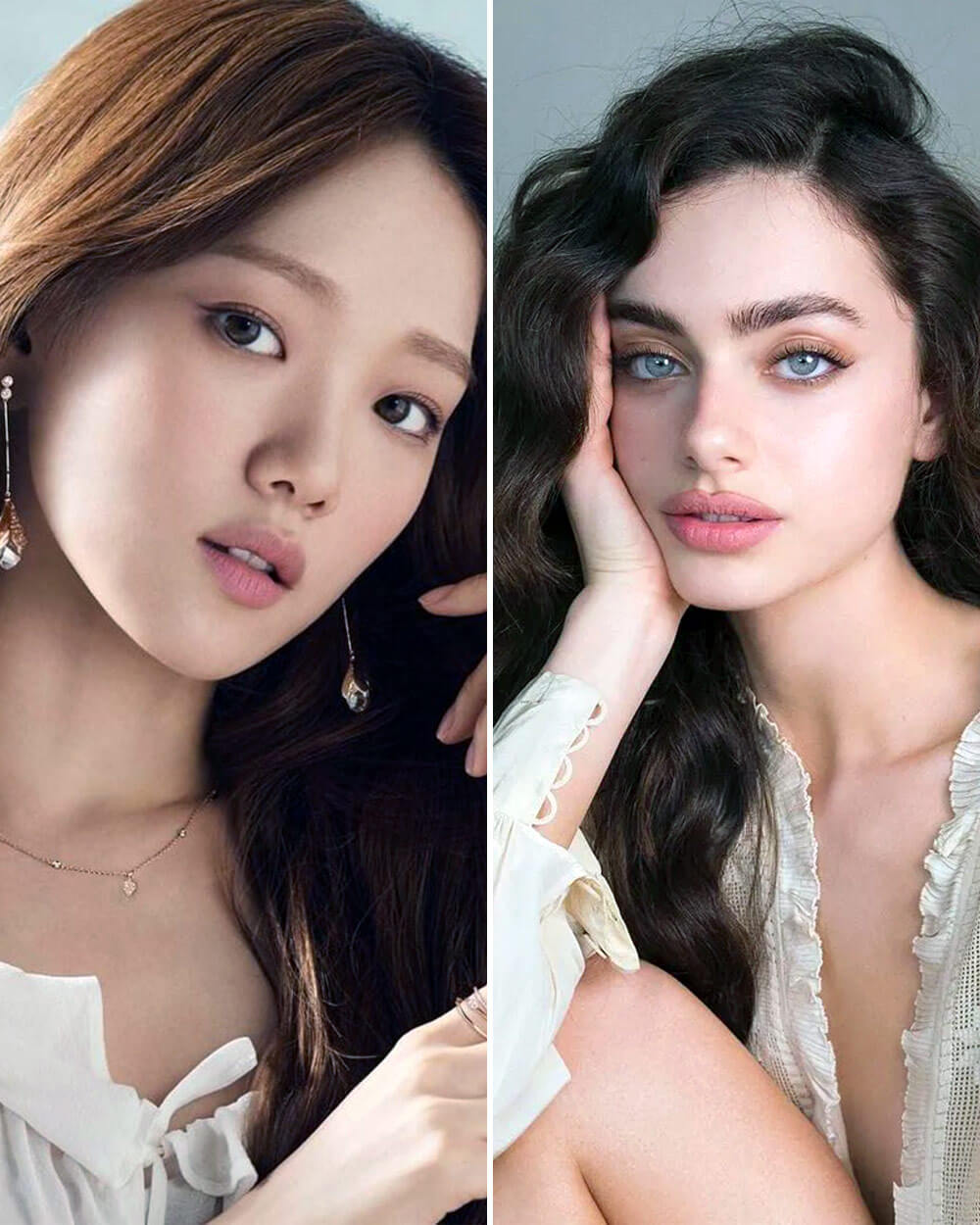
Koreans prefer slim, young, and youthful faces with small facial features and pale skin.
Unlike the West, curvy shapes like Kim Kardashian or Rihanna are just too much by Korean beauty standards.
In this context, being girly, cute, thin, and even skinny is a beauty goal for Korean women rather than fit and healthy.
Below are the 4 MAIN aspects Korean beauty standards are built on:
1/4
Small Face
(pointy nose, plump lips, v-shaped jaw, & straight eyebrows)
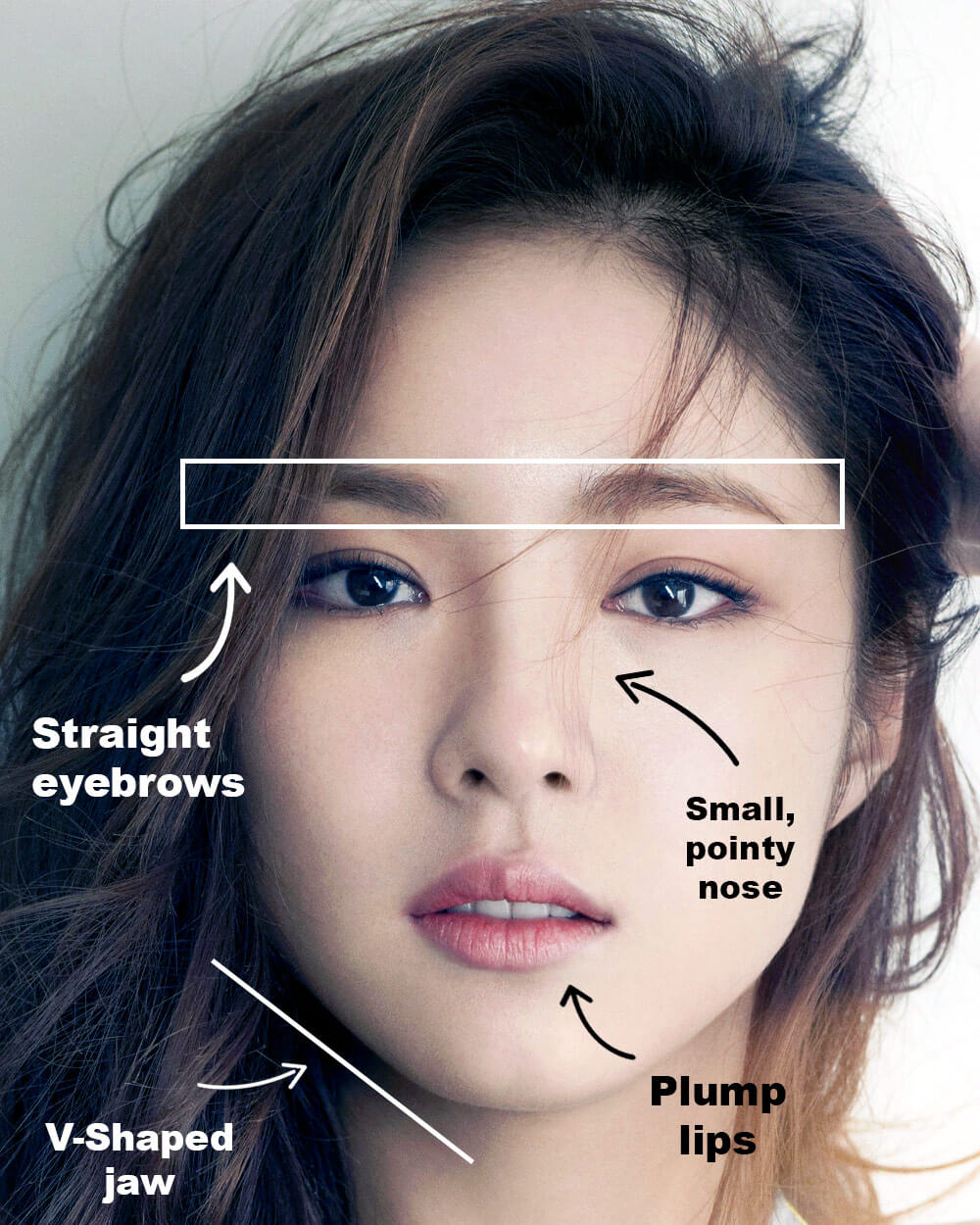
In South Korea, having a small face is at the core of one’s beauty.
According to Joyce Kong – a Korean beauty correspondent at Refinery29 – that’s because Asians (in particular Koreans) have smaller eyes, giving them the appearance of a more prominent face.
Moreover, a small face is considered pretty because it makes you look like a child and, thus, younger.
Then, because of the differences in the facial bone structure of Asians, who have a flatter facial bone structure than their Western counterparts, facial bone contouring surgeries are pretty popular.
V-line surgery (jaw and chin reduction) and cheekbone reduction (zygoma) surgeries are popular tools to change Korean facial contour.
A v-shaped face must have the forehead proportioned to the face, ideally not too small or angular.
V-shaped Jaw
The v-shaped face look is achieved by creating delicate and unpronounced jawlines and a pointy chin, either via makeup or surgery.
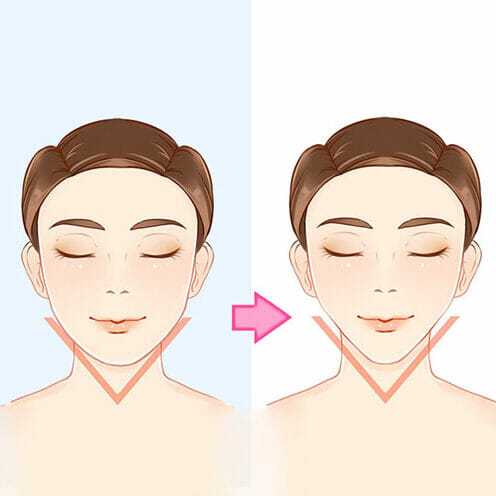
The desire to portray a more petite face is so high that Koreans either hide part of their jaw when taking pictures or use filters on social media to achieve a v-shape look.
 Back to Korean style makeup, contour plays a crucial role in portraying the illusion of a smaller face.
Back to Korean style makeup, contour plays a crucial role in portraying the illusion of a smaller face.
Contrary to Western societies, where the contour is aimed to accentuate cheekbones and the jawline, Korean makeup artists try to achieve the exact opposite.
For that, they shade the outer line of their faces to acquire a more slender and smaller face.

It is also interesting to note that, to reduce accentuated jawlines, South Koreans have invented all sorts of beauty utensils such as chin straps, jawline sheet masks, and massaging roles.

Another way of achieving the Korean beauty standard is through permanent interventions, such as plastic surgery.
Many Korean women and men seek to achieve the same V-shaped face appeal to cosmetic surgery through a procedure called “V-line”.

During the operation, the surgeon shaves the patient’s jawline to construct a slimmer and smaller face and a pointy nose with a high bridge.
Small, Pointy Nose
Another crucial facial feature, according to Korean beauty standards, is having a small but pointy nose.
People with small faces and pointy noses are seen as very elegant and sophisticated.
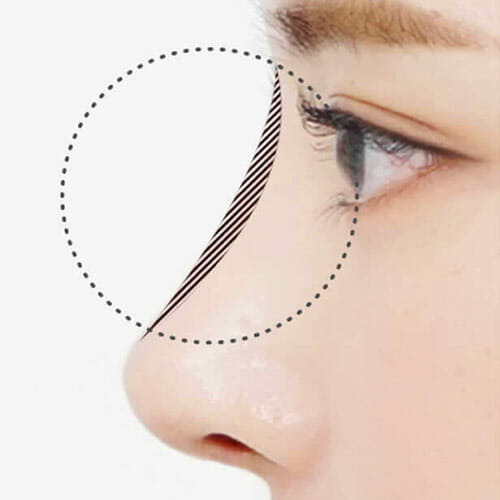
Interestingly enough, while having a small and pointy nose has become a critical beauty feature according to modern Korean beauty standards, big noses were a sign of beauty in the past centuries.
Small Mouth & Plump Lips
To complete the ideal of Korean standards of beauty of a small face with v-shaped jawlines and a small pointy nose, one must also have a small mouth.
However, while the mouth must be small, the lips must be plump.
Also, the bottom lip should always be plumper than the top lip.

On top of that, the strictness of Korean beauty standards insists that the lip line should face upwards, like when you’re smiling.
Most Koreans achieve that ‘small mouth’ look with makeup and then complete it with an extra “lip effect” through fillers.
2/4
Pale skin
(White and flawless)
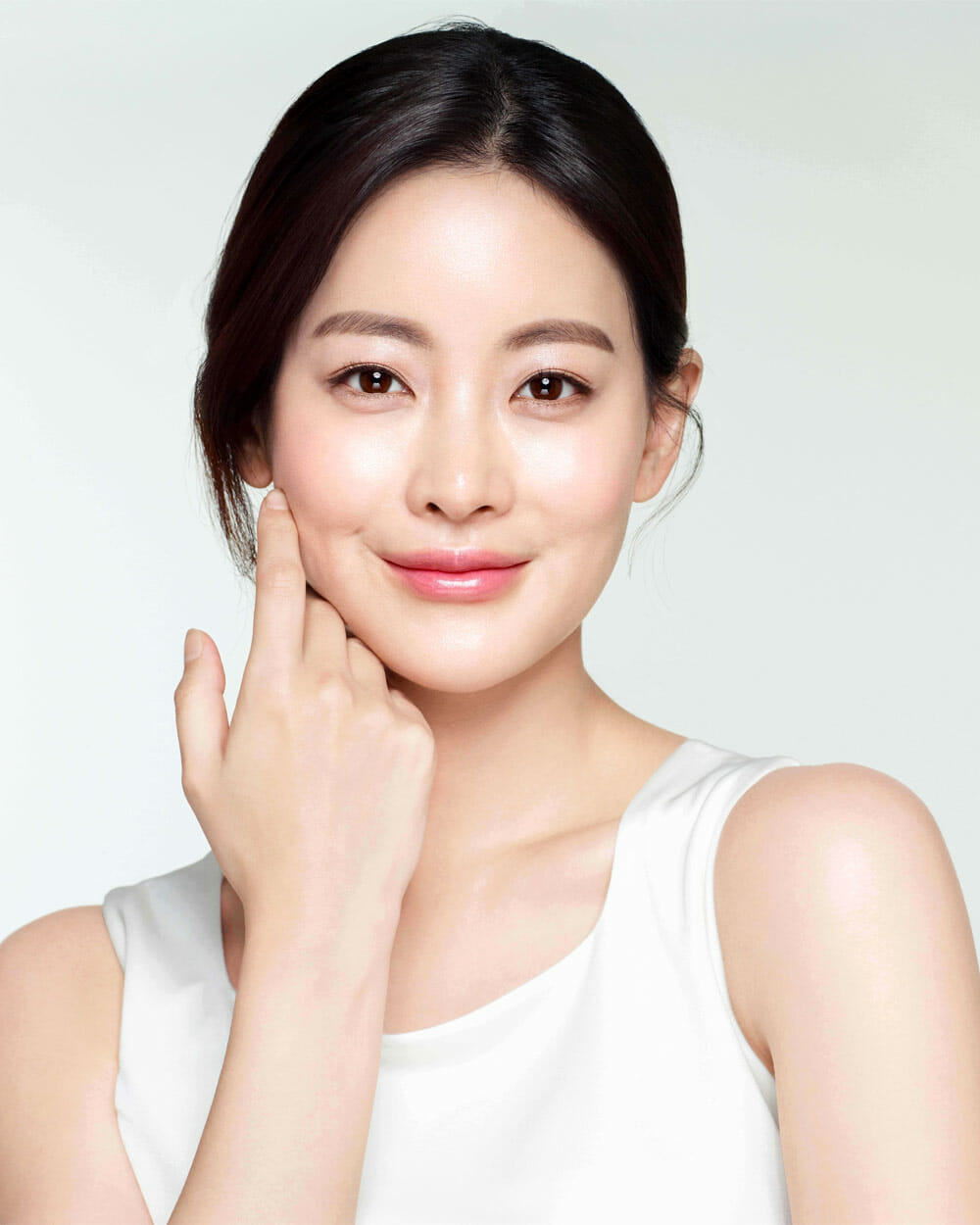
Contrary to the much-desired golden tan skin color loved in the Western world, pale skin is a must in Asian cultures, especially in Korean society.
The desire for the pale skin color of Korean people is deeply rooted in the culture of many Asian countries.
It all began in the daily lives of the royal era as a social class identification and reached contemporary times as a cultural beauty standard.

In the past, people with darker skin color were associated with agriculture and other labor-intensive jobs.
On the other hand, people with paler skins were assumed to be part of the aristocracy and to have higher-paid jobs.
Korean Skin Beauty
To achieve a paler skin look, Koreans utilize many UV protection creams and makeup and wear garments that keep them safe from sun rays.
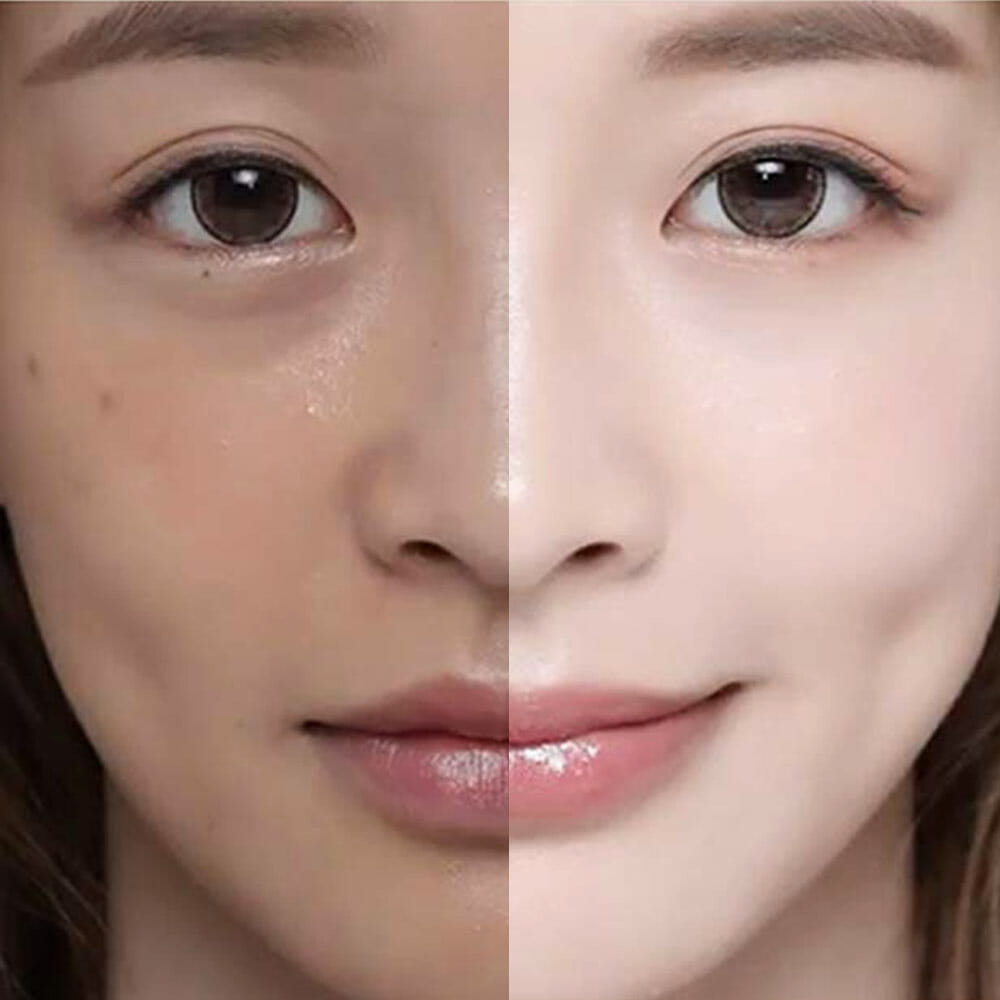
They also use dedicated Korean skincare products such as acne patches to hide any blemishes or spots and sheet masks or face masks designed to whiten skin.
3/4
Larger Eyes
(Double eyelids & Aegyo-sal)

As South Korea’s ideal beauty standard is built around creating a youthful look, having larger and more innocent eyes is very important.
Big, rounded, or almond-shaped eyes are considered pretty, as bigger eyes – paired with a small face – confer an overall youthful look.
Unfortunately, according to Allure, 50% of Korean girls have small eyes and monolids, which they consider unattractive.
Monolids vs. Double Eyelids
Monolids are single eyelids with the eye sitting flush with the browbone, connected by a skin stretch.
There’s no visible fold or crease, which usually separates the eyelid into two parts.
Therefore, the most efficient way to increase the size of the eyes is via plastic surgery – and estimates show that every third of Koreans had double eyelids surgery.
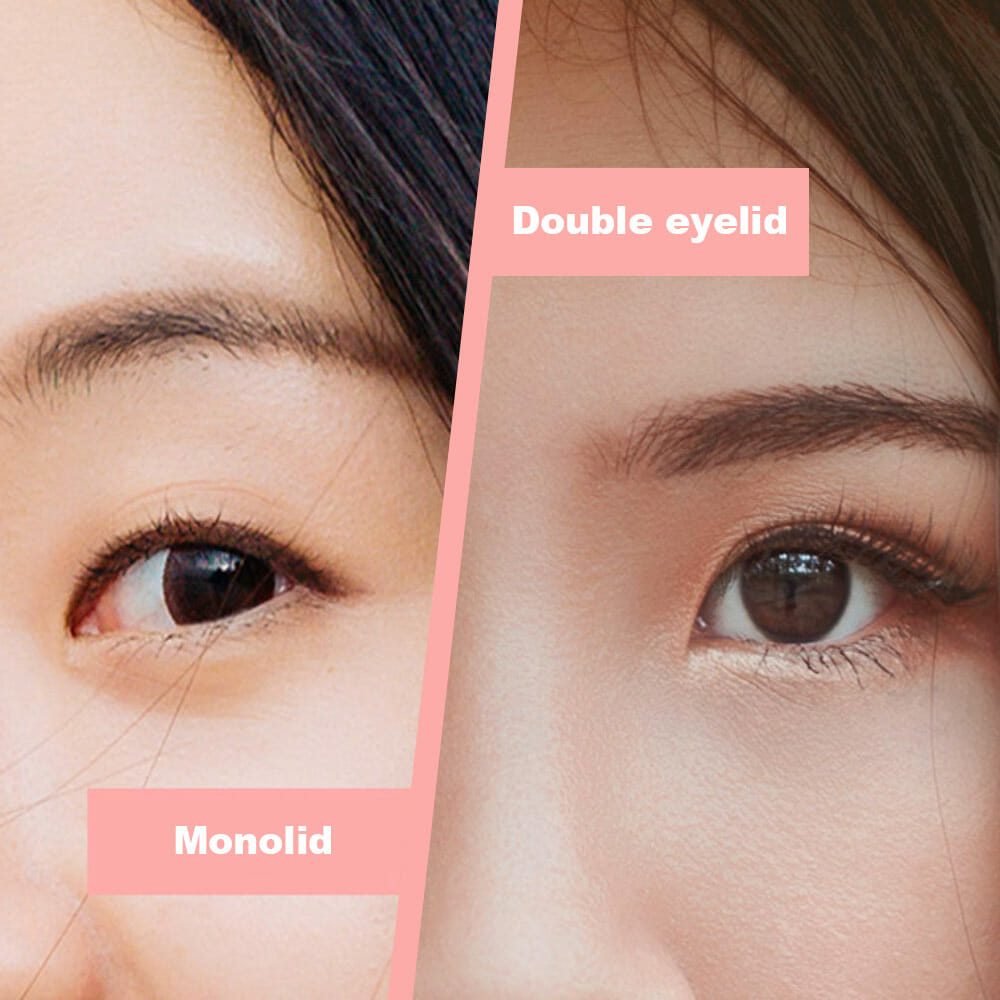
The most popular procedure is called “double eyelid surgery”, or “East Asian blepharoplasty”, used to create a second eye crease and confer an oversized eye look.
The procedure is also commonly used in cases of asymmetric eyelid problems.
Another less intrusive – and quite popular – the procedure involves injecting fat or filler under the eyes.
The procedure is called aegyo-sal, a Korean term referring to the small fatty deposits underneath the eyes that give a person a youthful appearance.
The aim here is to emulate the natural pockets of fat that appear under the eyes when you smile and make you look younger.
And the least intrusive way to achieve bigger eyes is by using an invisible eyelid tape.

The tape is glued to the lid area, so it creates a double eyelid fold when the eye opens.
Makeup-wise, contemporary Korean beauty standards of eye makeup have shifted from the traditional sexy cat eye to a larger and more innocent puppy-style eye.
4/4
Slim Figure
(Straight shoulder line, X and S-shaped, Long legs)

While South Korea has arguably the lowest obesity rate globally, over 60% of Korean women and 41% of men are on a diet.
The choice is attributed to the desire to have a slim body, which is highly praised and seen as a sign of beauty in Korean culture.
Korean Weight Loss Market
In the case of diets, South Korean resort to dedicated weight loss clinics or try popular diets promoted by celebrities online.
Dieting pills – available in almost all drug stores – are also commonly used by those seeking to achieve perfect beauty ideals.
Another way to a slim figure that looks great with any kind of aesthetic clothing is achieved via plastic surgery.
In the case of plastic surgery, liposuction treatments are the most popular choice to reduce weight.
In particular, fat-burning injections, made famous by Korean pop stars, are the most requested procedures to reduce body volume.
However, while having a skinny look is trendy in Korea, it is essential not to look too thin, as it is seen as unattractive.
Korean Beauty Standards for Men – 2022
While expectations of female beauty usually outweigh male expectations, South Korea is notorious for its male beauty standards.
Compared to the Western culture, in which makeup for men could be interpreted as an act of rebellion against society rather than a beauty standard, Korean male beauty standards are similar to female standards.
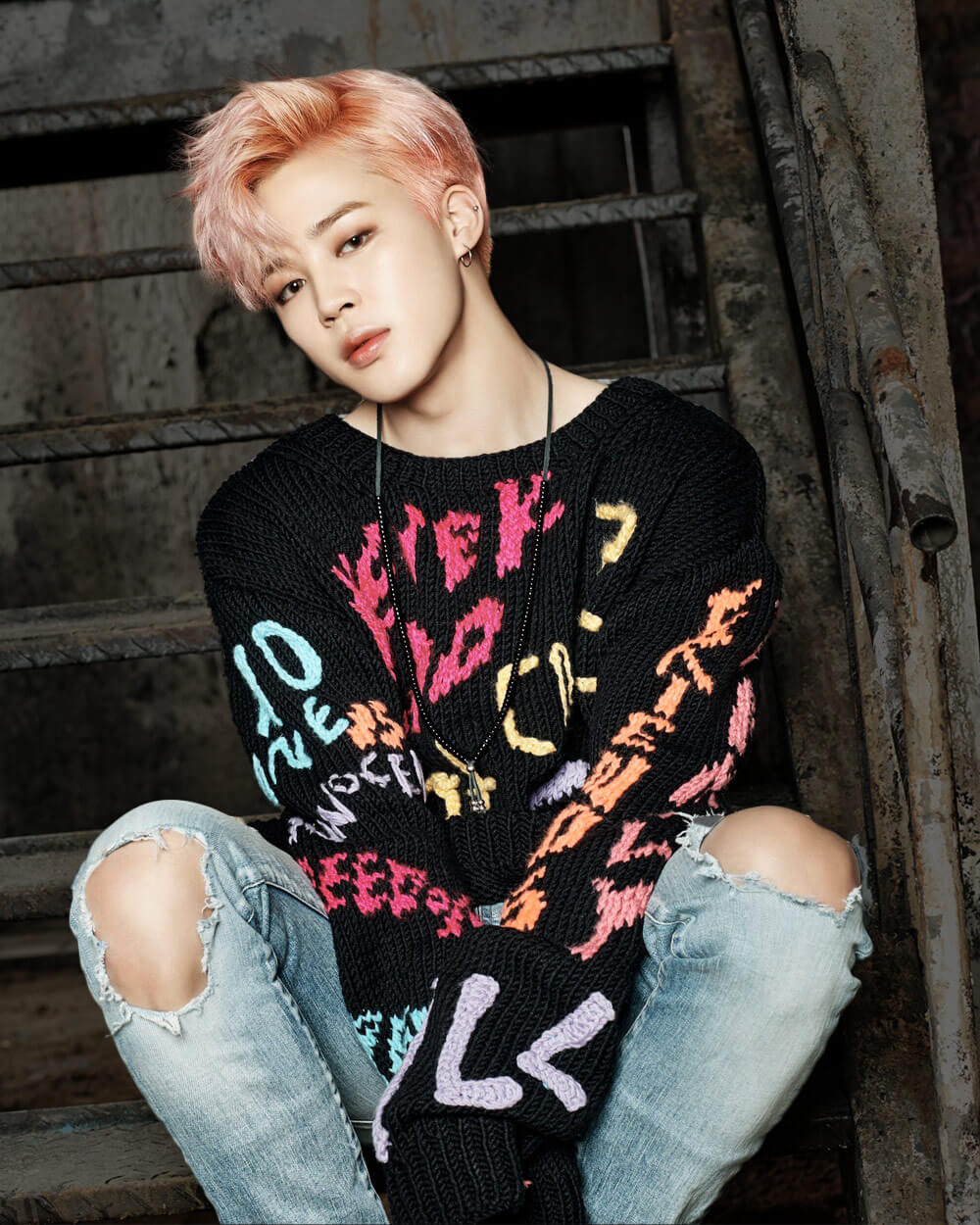
The current Korean beauty standard for men: cute, pretty figure, feminine, towards an androgynous look.
However, since the beginning of 2022, under Western media influence, more Korean men have started to emphasize fitness.
Nevertheless, even with a buffed-up body, it is still quite common for Korean men to wear moisturizing lotion, foundation, and makeup, even at the gym.
In fact, South Korea is recognized as one of the world’s beauty capitals on male beauty.
Male KPOP Beauty Standards

Compared to the US, where the ideal man is a version of Thor, or in Europe, a metrosexual version of James Bond, the attractiveness and ‘handsomeness’ of Korean men are driven by members of K-pop bands.
Nowadays, men’s ideal Korean beauty standard is a clear reflection of K-Pop stars (Korean Pop music).
1. Slim Facial Feature
Surgery is Korean men’s weapon of choice to achieve smaller and slender facial features and a higher nose
2. Double Eyelids
Korean men recourse to cosmetic surgery to shift from monolids to double eyelids.
3. Fair Skin
Korean men invest in cosmetics and makeup that confer and maintain clear, smooth, and fair skin.
4. Dyed Hair
Darker hair is a sign of youth, and thus, over 95% of Korean men with white hair dye their hair regularly.
5. Androgynous body
Korean men try to achieve an androgynous body shape, staying away from looking too skinny, too fat, or too muscular.
6. Fashionable Outfits
Korean men wear androgynous clothing, Femboy outfits, or streetwear fashion brands that keep them stylish and trendy.
Korean Beauty Market For Men

Contrary to Western culture and the beauty industry with a focus (almost exclusive) on women, the Korean beauty market embraces men’s makeup.
Beauty products are not seen as gendered products and South Korean men purchase and wear several brands and products.
Over the past decade, South Korean men have become the world’s most prominent male spenders on skincare and beauty products.
Koreans are also early adopters of anything new in beauty, such as skincare fridges, skin transplants, and blood transfusions.
Korean Male Beauty Stats
Between 2011 and 2017, the Korean beauty market for men only has grown by 44%, part of a cosmetics industry (including the private label cosmetics market) that makes $10 billion every year.
Similarly, over 58% of South Korean men state they take advantage of beauty and grooming treatments at least once per week.
Idols That Fit (Create) Korean Beauty Standards
There’s a saying in Korea: “If you want to know what kind of face is beautiful, look at Korean idols.”
These rigid beauty standards mean that if you don’t look like a Korean idol, you are not considered pretty.
Without further ado, these are some of the most cherished female celebrities in Korea right now:
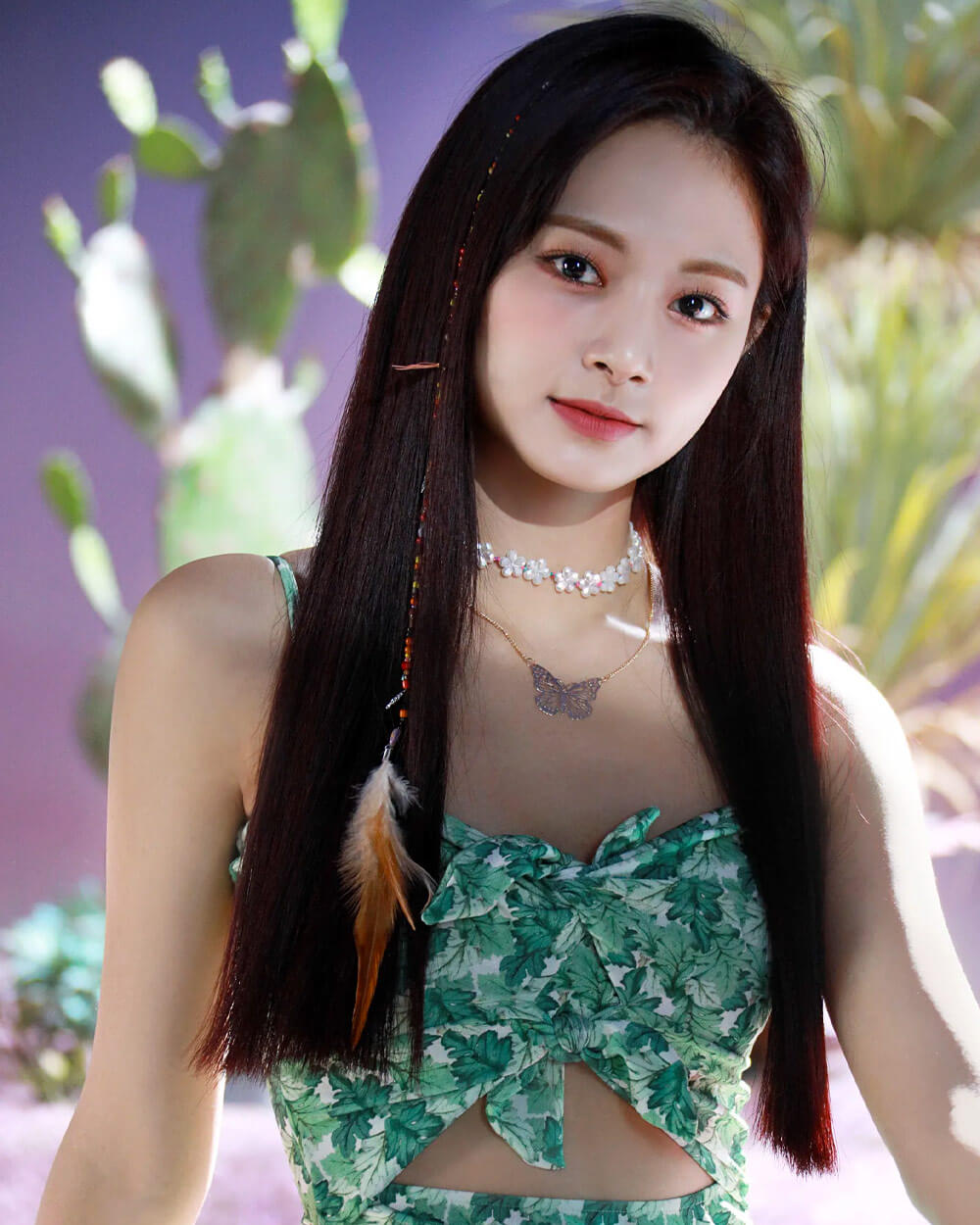



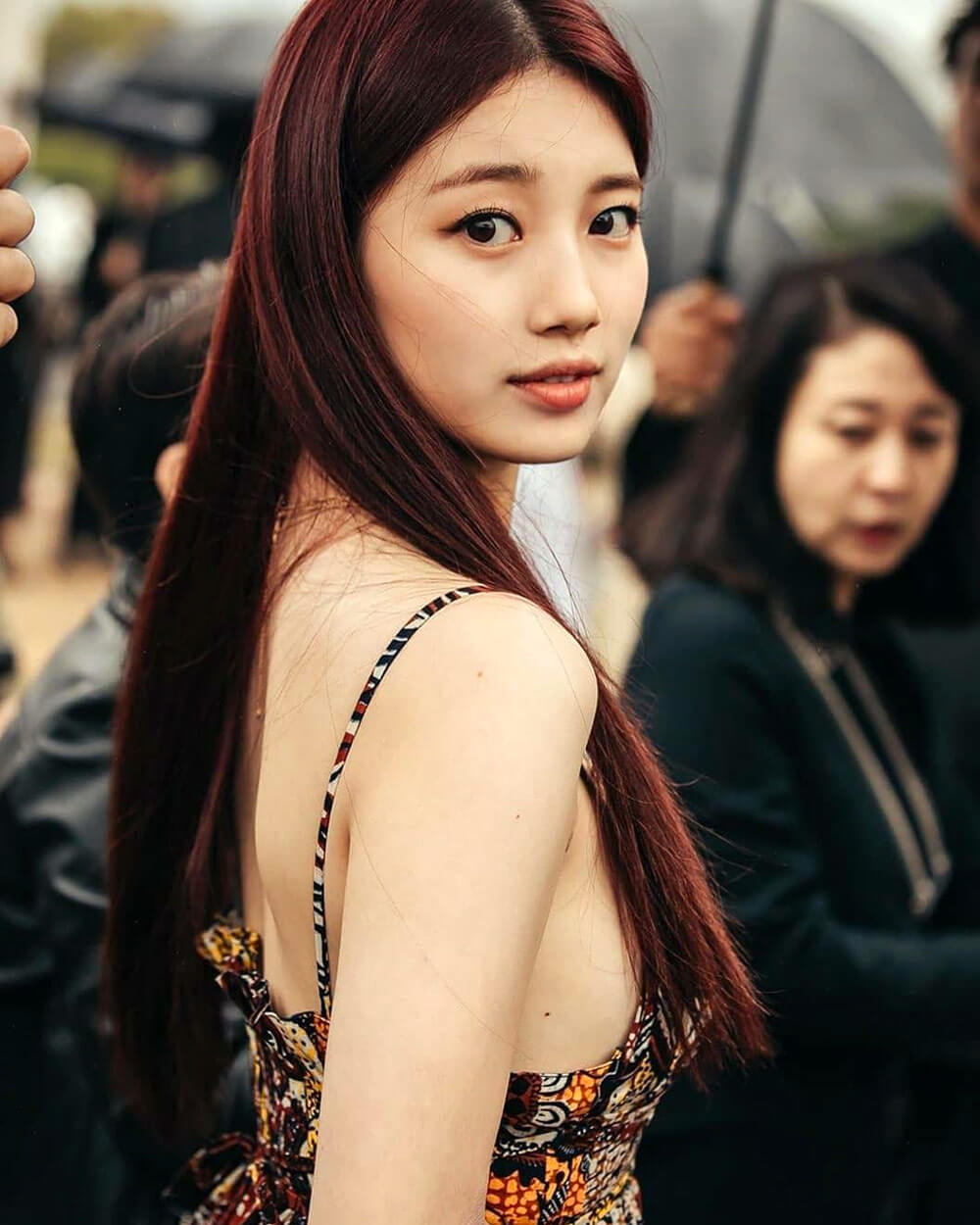





Korean Beauty – Height Standards
The average height, according to Korean beauty ideals, can be divided into three core categories:
Short
162cm hight

The average height of the average person in Korea, this height is described as “short but cute”.
Taeyeon and IU are great examples of this category.
Average
162-168cm hight

This height is the “not so short, not too tall” group.
Imagine someone slightly taller than Gain Han (actor).
Some other great representatives of this height category are Korean idols Hara Koo (Kara), Yeseul Han (Leslie Kim, actor), and Chewon Moon (actor).
Tall
168cm hight

The name says it all. Idols around 168cm have, according to Korean beauty standards, the ideal height.
Some representative Korean celebrities in this category are Hyo Ju Han (actor), Yeonhee Lee (actor), and Nayoung Lee (actor).
Korean vs. Chinese Beauty Standards
Korean and Chinese beauty trends are reasonably similar.
Both cultures think that a slim figure, a small face, big eyes, and pale skin are critical attributes to the idea of beauty.
Face, Skin, and Eyes
Compared to Korean’s v-shaped faces, the ideal face looks in China must be small and “shaped like an upside-down goose egg”.
But, similar to Korean beauty standards, big and cute eyes are famous in modern Chinese beauty standards.
Big eyes with eyelids, rather than mono eyelids, are considered super beautiful.
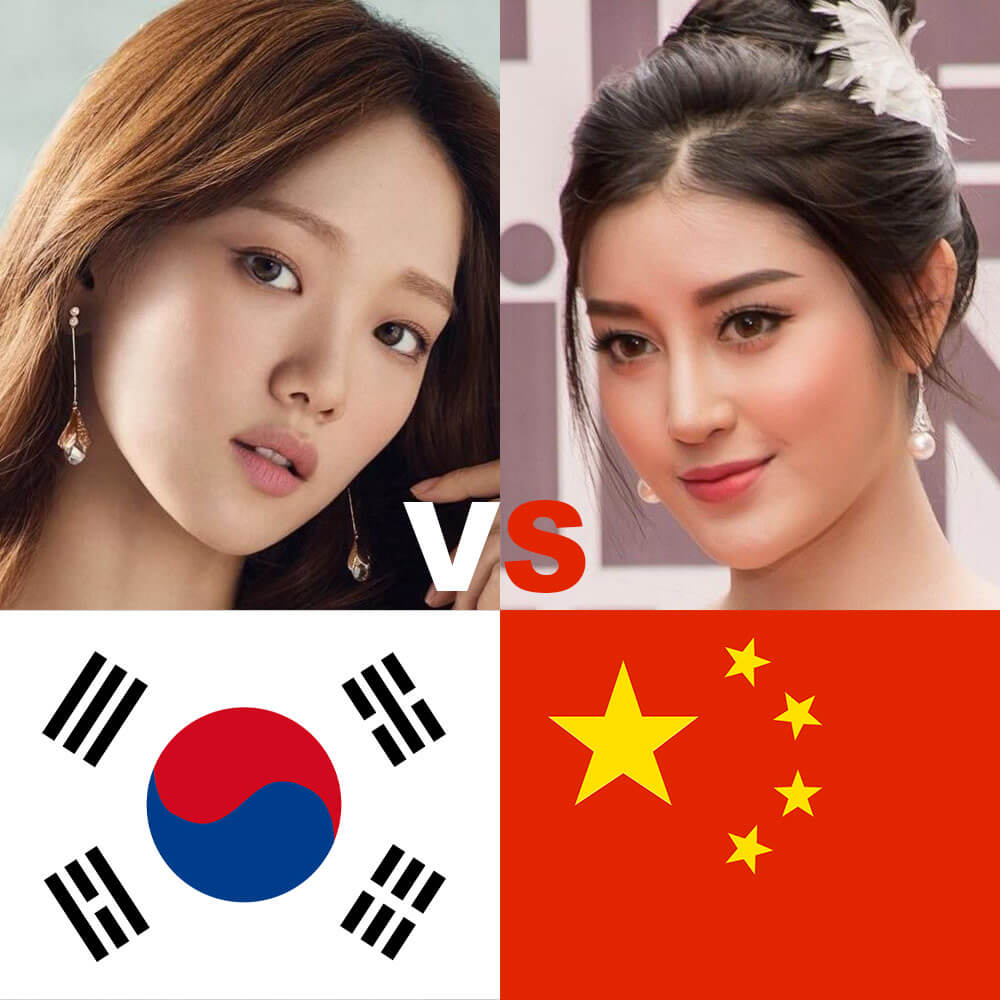
Moreover, Chinese women use darker eyeliner makeup, such as black or dark brown, to further augment the size of their eyes.
On the other hand, Korean girls tend to pursue more natural eye makeup by using lighter color eyeliners.
Chinese beauty trends also recourse to the idea of puppy eyes, known in Chinese culture as the Wo Can, which translates into “lying silkworm”.
That’s because it refers to a 4 to 7-millimeter puff placed under the eyelashes – looking like a silkworm – meant to make girls look cuter and sweeter when they smile.
According to the Chinese traditional face reading, people born with Wo Chan have good and fortunate lives in relationships and businesses.
Skin-wise, in China, one’s skin must be “not just pale, but “as white as possible” to be considered attractive.
Body Shape
Having a slim figure is one of the most critical aspects of both Korean and Chinese beauty standards.
However, the Chinese beauty standard on body shapes differs from the Korean one.
Chinese prefer tall bodies and long legs with tiny feet and a Pippa Middleton kind of bottom.

Another difference is seen in the body weight/shape of women compared to men.
In Korea, both women and men are careful not to get too skinny, as that’s a sign of health complications and is perceived as ugly.
But, according to Chinese beauty standards, women should be as skinny as possible, almost to the point of seeing their bones.
And, just like Koreans, the Chinese get inspired by their idols regarding ideal beauty looks.
One representative of the Chinese culture and body weight is Zheng Shuang, known for her fragile body.
At 168 centimeters tall, Zheng only weighs around 37 kilograms.
A notable Chinese beauty trend was the A4 waist challenge.
Also named the “anti-waist challenge”, Chinese women shared selfies on social media holding up sheets of paper.
The paper had to obscure the woman’s waist entirely – the standard paper size was only 21 centimeters (8.3 in) across – to be considered a beautiful body.
Indian Beauty Standards vs. Korean Beauty
In India, everyone aspires to be fair-skinned, thin, and body hair-free.
Somehow positioned (culturally) between the Far East and the Middle East, Indian culture has imported the Middle Eastern’s expectations of a hairless body and Korea’s norm for pale skin.
Compared to Korean beauty standards, which do not impose waxed arms, Indian women go the extra length seeking perfectly threaded arch eyebrows, arms, and legs.
Face, Skin, and Eyes
Just like Koreans, having fair or paler skin is a critical element in the Indian ideals of beauty.
Indians are discriminatory towards each other based on skin tone, with a maximum acceptable level of brown one can be before it is considered ugly.
A person with light skin is seen, in the social context, as someone of wealth and power, as there’s no need to work in the sun.

This preconception is speculated and accentuated by the beauty industry’s constant bombardment of fairness cream ads.
Unfortunately, in India, children with dark skin tones are often bullied in schools and face difficulties finding a job.
It is a situation that, once again, shows how much more educational work is needed to end stereotypes that impact the world we live in.
When it comes to eye shapes and sizes, the same Korean beauty standards are seen in the Indian beauty market.
Body Shape
In general, slim bodies are regarded as beautiful according to Indian beauty standards, similar to what we’ve found in Korea.
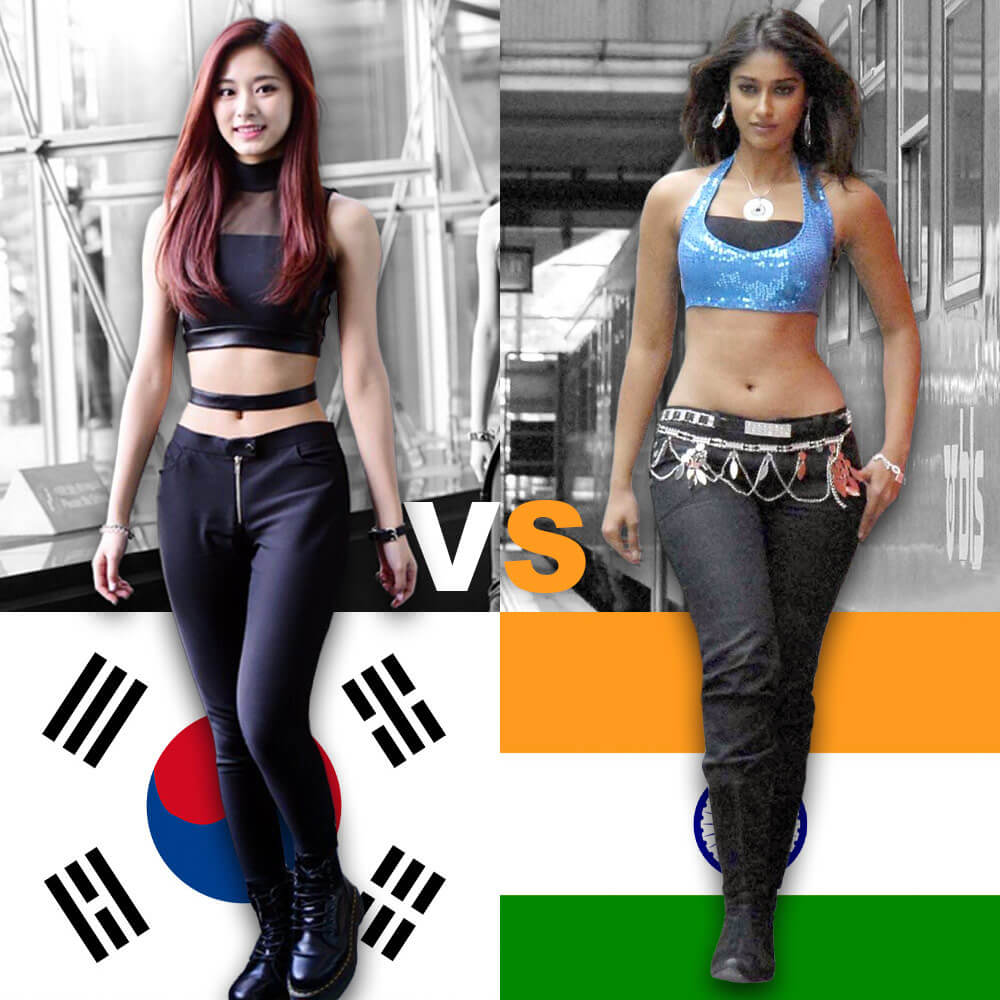
However, unlike Koreans, an hourglass figure or even a curvy body shape is rewarded and demanded by Indian men and seen as an equally important beauty standard.
Nevertheless, similar to most Asian countries, boys & girls with an inverted triangle figure are considered unaesthetic and undesired.
Why Are Beauty Standards So Strict In Korea?
A study from 2009 found that Korean women are very critical of their overall looks and, thus, prone to lower self-esteem and self-satisfaction compared to women from the United States.
A 2015 survey conducted by Gallup Korea determined that approximately one-third of South Korean women between 19 and 29 had plastic surgery.

A more recent study from 2020 determined that 20% of young Korean girls have undergone cosmetic surgery, a percentage significantly higher than the average of most countries.
The pressure to uphold a Korean standard of beauty is so high that it’s felt within all social strata, including the job market.
Compared to the West, South Korean employers require a photo, height, and even the family background of the applicants, as a part of the hiring process.
Competitive Socio-Economic Ladder
Beauty is often seen as a means for socio-economic success in the rapidly modernized post-war economy of South Korea, which is going through a slow job growth rate after its economic boom.
As such, Korea’s highly skilled and educated workforce is competing, in short supply of job opportunities market – for chances to climb the social ladder.

South Korea has seen more than a twenty-fold increase in income per capita, with the country ranked in the top twenty economies in the world right now.
Women’s rights have also gained additional visibility within the country, “visibility accompanied by a rise in body dissatisfaction and eating disorders”.
Some Koreans view investments in beauty, such as cosmetic products and even surgeries, as investments.
Plastic surgery, dermatology, and cosmetic dentistry are means of cultural capital to get an edge over peers for social and economic advancement.
Media Influence
The ideal Korean beauty standard is often constructed and influenced by actors, TV personalities, and K-pop stars.
Korean idols try all kinds of diets and share their journeys on social media, which influences many young Koreans to try and replicate them.
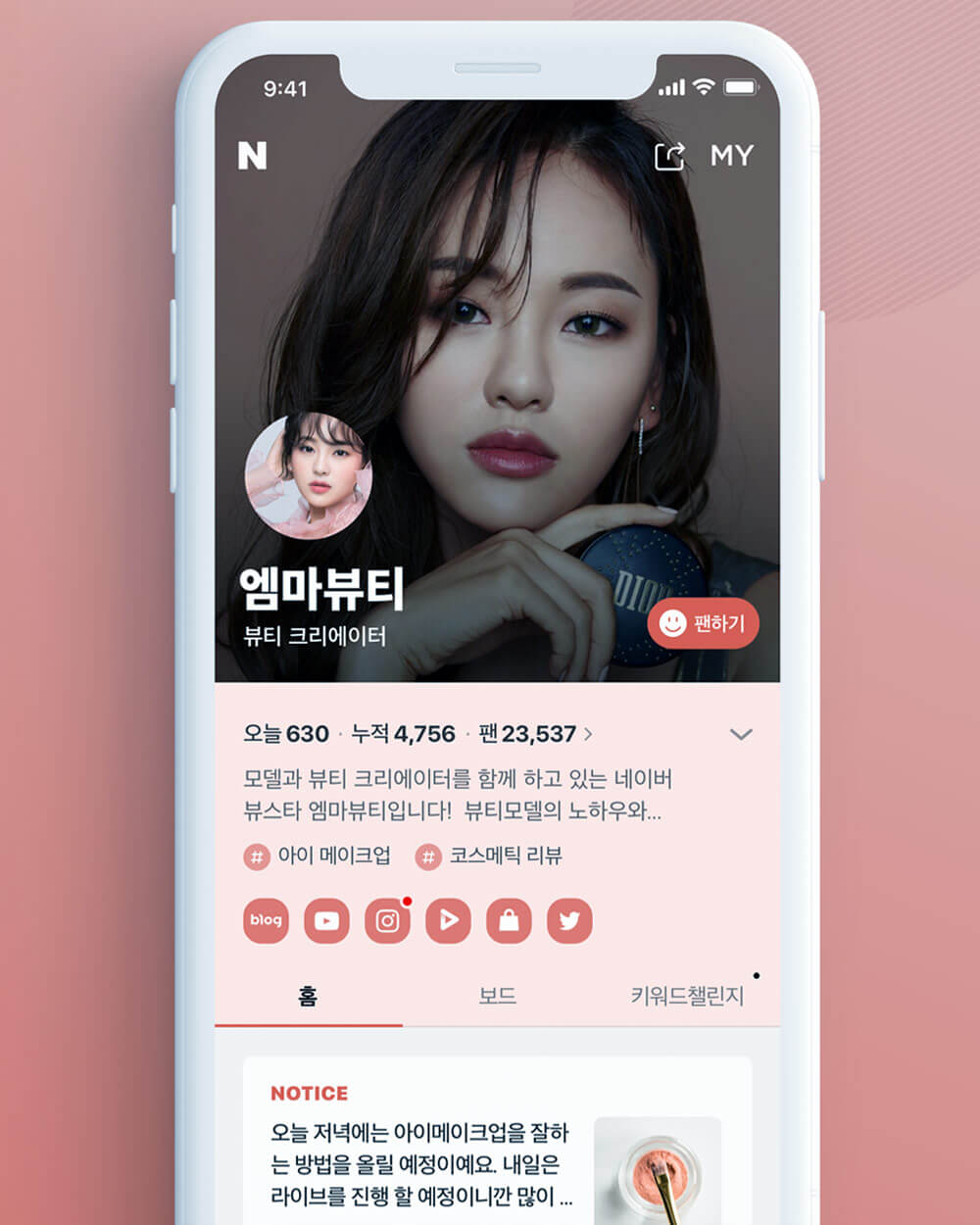
For example, the physical appearance of the famous Korean singer IU – well known for her diet of one apple for breakfast, one sweet potato for lunch, and a cup of protein for dinner – inspires the look of younger generations in Korea.
While already slim and tiny (162 centimeters tall and weighing around 45 kilograms), IU’s lifestyle choices – while questionable from a health perspective – are followed by most Koreans who want to look like her.
For example, the celebrity drinks 3 liters of water for five days straight to make her face and body look slimmer and thinner at the end of the week.
“On the seventh day, you’ll look like a skeleton,” she jokes, adding: “this way, you can go from thin to skeleton-skinny.”
Consequences of Harsh Korean Beauty Standards
Unfortunately, the strictness of Korean beauty standards has some expected negative results.
Below, I’ll enumerate the main 4 ones:
1/4
Excessive Beauty Products Usage

Compared to around $1.91 billion in 2014, South Koreans purchased and exported over $2.64 billion of cosmetic goods in 2015.
Some of the most popular products used in Korean beauty are blemish balm (BB) creams, color correction (CC) creams, serums, essences, ampoules, seaweed face masks, and scrubs.
Korean beauty products contain ingredients not commonly found in Western products, such as snail extract.
However, the high demand for Korean-style cosmetics and beauty products has attracted a lot of criticism worldwide for two reasons:
On the one hand, lots of environmental hazards, waste, and pollution.
On the other hand, a parallel market of fake Korean beauty products with serious health consequences.
2/4
High Plastic Surgery Rates
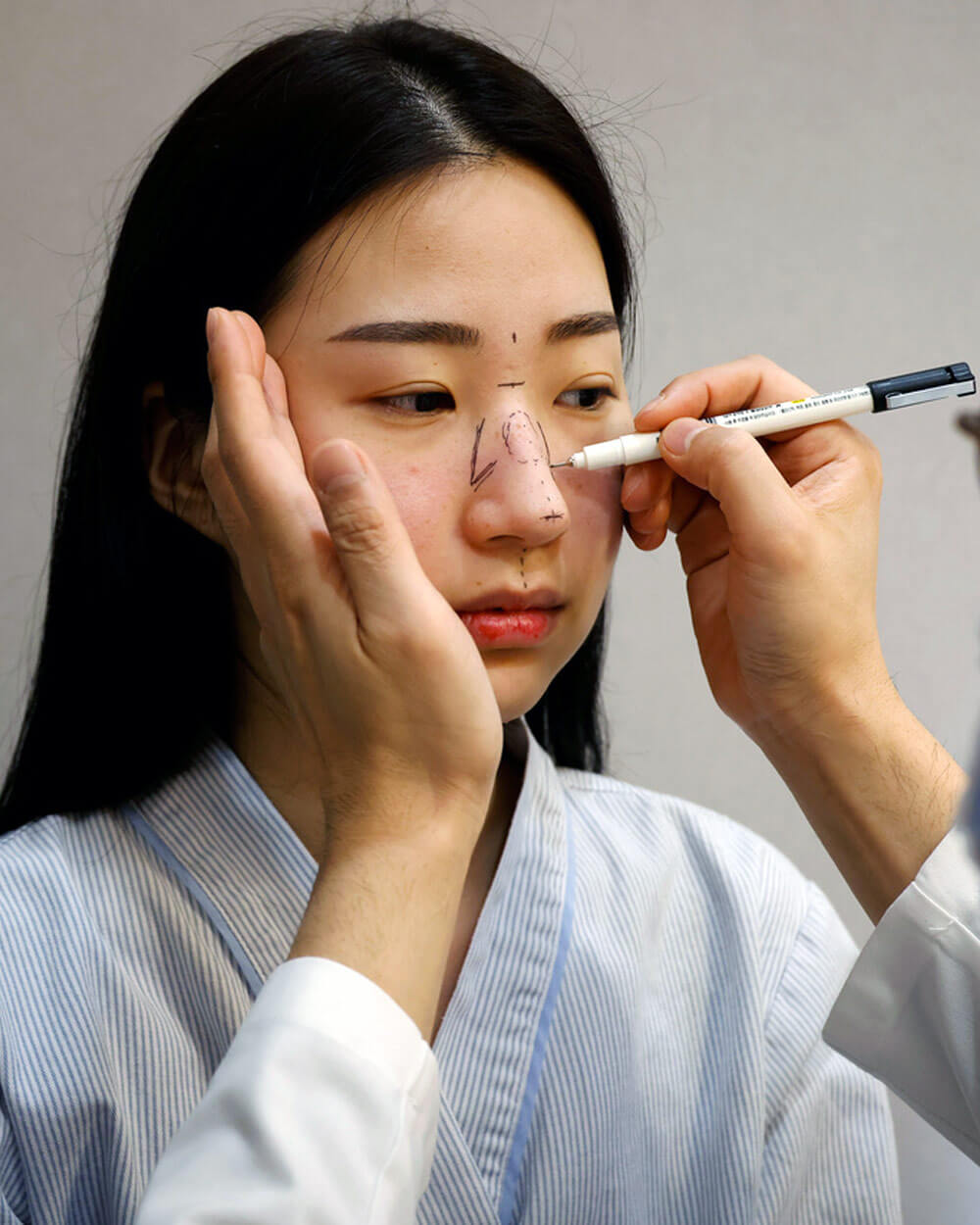
A global survey by the International Society of Aesthetic Plastic Surgeons found that in 2015, South Korea had the second-highest rate of cosmetic surgeries in East Asia.
Plastic surgery in South Korea is not just socially accepted but even encouraged by media and celebrities.
However, there’s a less-discussed part of the beauty surgeries, such as the rise in the number of men who take their wives to court because the children do not look like their wives.
3/4
Negative (Unhealthy) Body Image

Korean beauty advertising feels like bullying compared to Western beauty standards, pushing for acceptance and inclusivity.
The idea that “fat” is ugly is promoted in media to become successful and popular, even by female celebrities and hosts.
However, what the media fails to show is the darker side of being under constant pressure to be fit: unhealthy eating habits, disorders, and some extreme cases of death.
4/4
Idealist Kpop Image

K-pop is a considerable market in Korea (search “South Korea Music Awards”, and a list will come up).
Yet, all K-pop idols must meet the public expectations of Korean beauty standards in what has become a vicious cycle of starving or being starved.
Having to starve and keep disciplined (no food) or undergo painful procedures to meet beauty standards is not the correct way to live according to the Western lifestyle.
Yet, by looking at the rate of obesity in the US and Europe and its strain on the welfare system, it becomes a highly debatable subject of whose approach is wrong or right.
Escape The Corset Movement
Following the #MeToo movement – women shared sexual assault and harassment stories on social media – Korean women launched the ‘Free The Corset’ campaign.
A feminist movement at the core, the protest was driven by the idea that societal oppression of women is like being bound in a corset.

The movement aimed to deconstruct the culturally created definition of beauty, Korean men’s ideal of beauty, the aesthetic standard, and other common practices endorsed by media and the Korean Government.
As such, many Korean women have taken to social media in a backlash against unrealistic beauty standards that requires them to spend hours applying makeup and performing extensive skincare regimes, which often involve ten steps or more.
Some Korean women have destroyed makeup, cut their hair, and rejected the pressures of getting surgery.
The purpose of the movement is to create space for Korean women to feel comfortable with themselves, away from social pressures that limit their identity.
Conclusion
There’s no doubt that Korean beauty standards are much more restricted than those of the Western world.
Korean beauty expectations are either “ridiculous” or “unattainable” through an American or European lens of beauty standard”.
However, let’s not forget that Western beauty standards are just as strict, if not even stricter:
Tanned skin, symmetrical face, small upturned nose, big feline eyes, full lips, high and defined cheekbones, sharp jawline, slim or curvy body…and the list goes on.
Beyond the universal, biological beauty standard, every culture has its beauty standard.
Such standards are deeply rooted in history and culture, so while alien to you, try not to judge but rather enjoy the Korean beauty standards.
Weekly Newsletter
Keep up with the latest in fashion, beauty and style!
Now it’s your turn…
Do you agree with Korean beauty standards? If not, why?
Do you use any Korean beauty products? If yes, which ones?
Do you know of any other country in the world with more stringent beauty standards than Koreans?
Please leave your comments below and views on Korean beauty standards.
source https://thevou.com/beauty/korean-beauty-standards/
Comments
Post a Comment